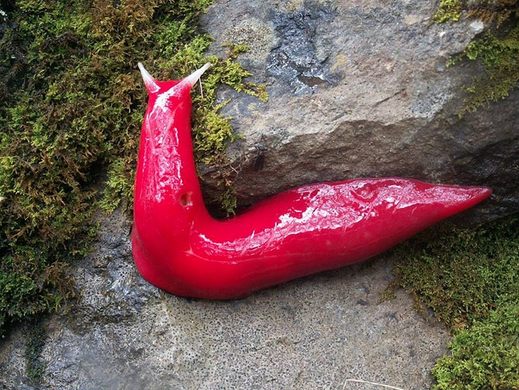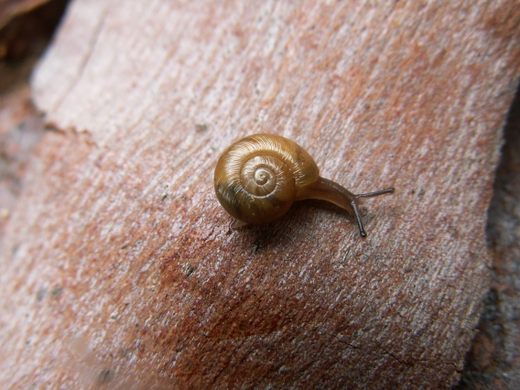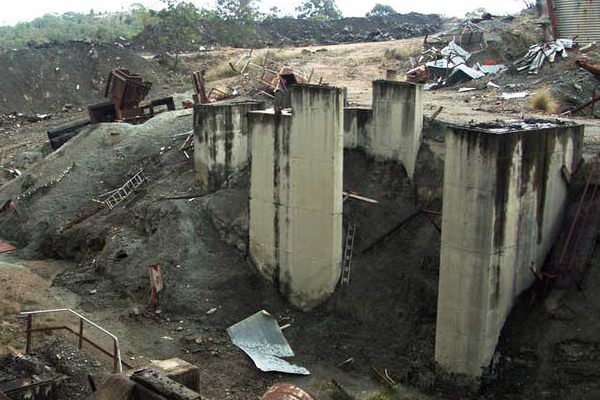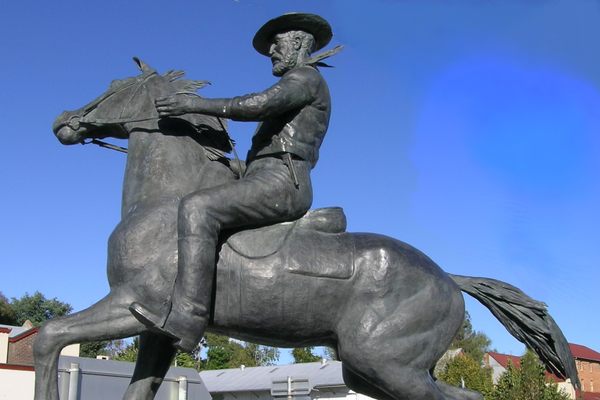Giant Pink Slugs of Mount Kaputar
The unique ecosystem atop an Australian mountain is home to some colorful inhabitants.
The small alpine forest at Mount Kaputar’s peak is believed by scientists to be the result of unique circumstances that have preserved a tiny remnant of Australia’s geological past. Measuring only 10 by 10 kilometers (roughly 6.2 miles squared), this forest is teeming with life found nowhere else in the world.
Millions of years ago, when Australia was part of a larger landmass known as Gondwana, the terrain was characterized by lush rainforests. Since then conditions on the continent have changed drastically, with dryer climes all but wiping out the region’s rainforest-specific species. A volcanic eruption on Mount Kaputar 17 million years ago is believed to be responsible for preserving the cooler, damper conditions needed to support the summit’s rainforest-era relics.
By far the most colorful of member of this ecosystem is the giant pink slug (Triboniophorus aff. graeffei), which can reach a whopping 7.8 inches in length. These slugs spend most of their time buried beneath the leaf mold on which they feed, but according to Michael Murphy, a New South Wales parks ranger who regularly patrols Mount Kaputar’s summit, they’re known to come out in the hundreds by night or after a rain shower to snack on tree moss. “As bright pink as you can imagine, that’s how pink they are,” said Murphy in an interview with the Australian Broadcasting Corporation. Other unique species found at Mount Kaputar’s summit include not one but three different cannibal snail species which prey on their vegetarian brethren by following their tell-tale slime trails.
The ecosystem atop Mount Kaputar hangs in a delicate balance, and a temperature increase of only one or two degrees has the potential to dry up the mountain’s peculiar residents. In an effort to preserve this distinct habitat, the NSW Scientific Committee has begun steps to designate the area an Endangered Ecological Community.



















Follow us on Twitter to get the latest on the world's hidden wonders.
Like us on Facebook to get the latest on the world's hidden wonders.
Follow us on Twitter Like us on Facebook